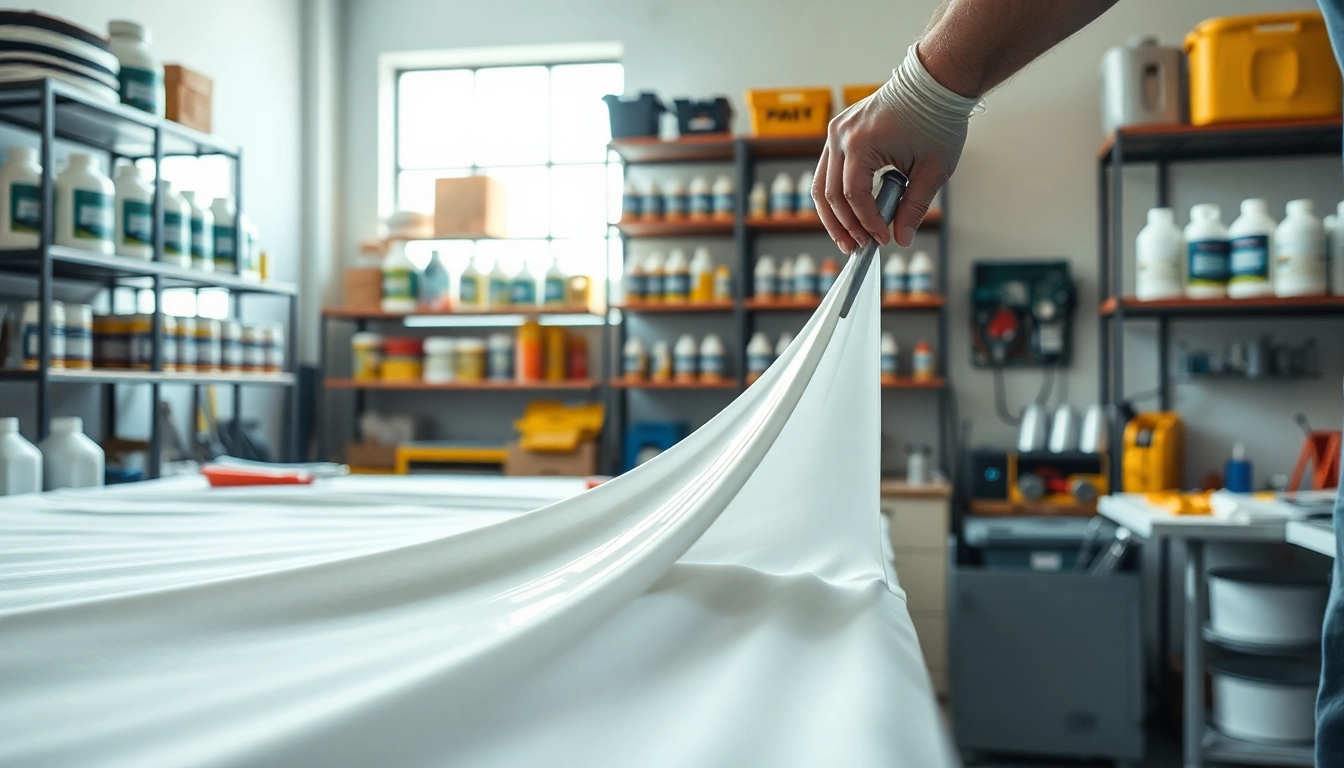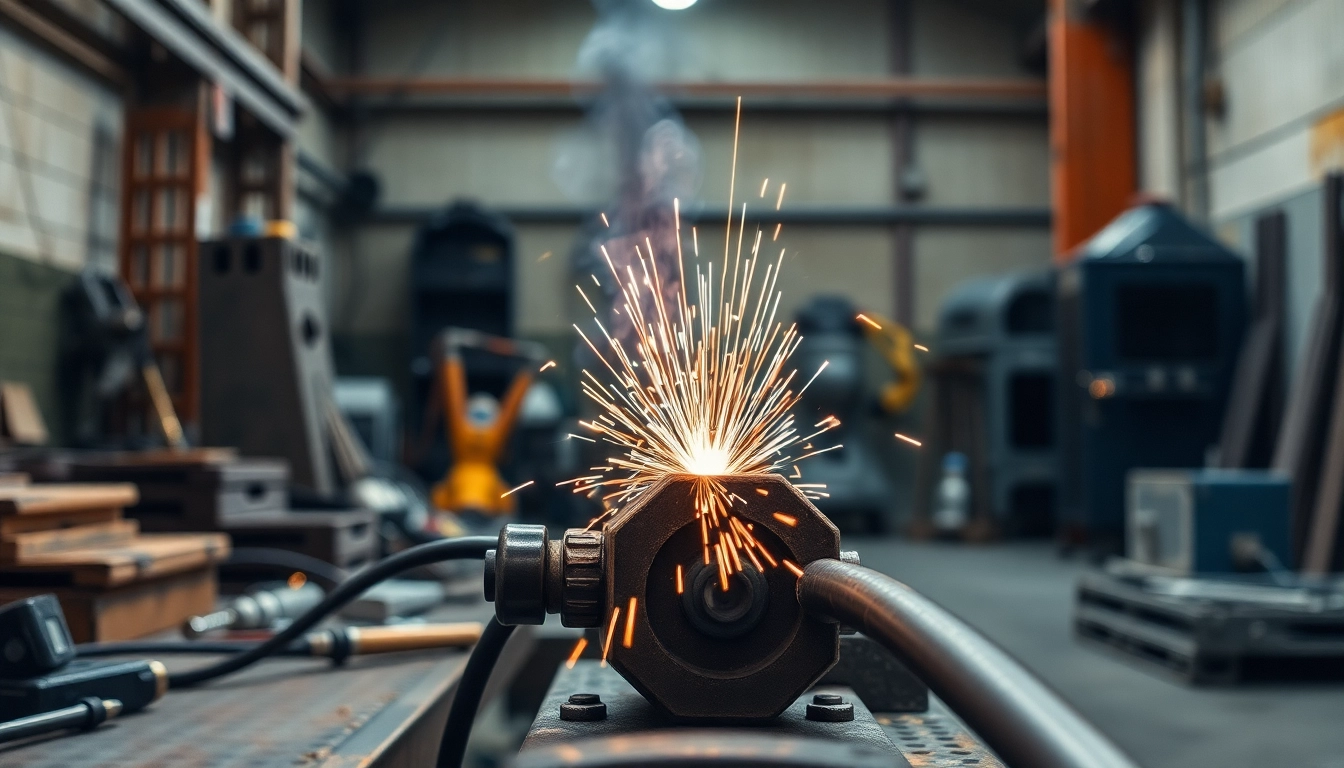What is Laminating Resin? Understanding the Basics
Definition and Composition of Laminating Resin
Laminating resin is a type of synthetic resin that is specifically designed for the process of laminating materials together. It is a crucial component in industries that require strong, durable, and lightweight materials, particularly in marine, automotive, and aerospace manufacturing. Typically, laminating resin consists of a combination of unsaturated polyester or epoxy, hardeners, and various additives that enhance its properties.
Types of Laminating Resin: Polyester vs. Epoxy
When it comes to laminating resin, the two primary types are polyester and epoxy. Polyester resin is noted for its ease of use, lower cost, and suitability for fiberglass applications. It cures quickly and adheres well, making it ideal for projects such as boat hulls and molds. On the other hand, epoxy resin offers superior strength and chemical resistance, making it a preferred choice for applications where durability and longevity are pivotal, such as in aerospace components or high-performance automotive parts.
Common Applications of Laminating Resin
Laminating resin is employed in a wide array of applications, ranging from marine vessel construction to the creation of composite materials in the automotive industry. Common uses include:
- Composite Manufacturing: Used in the production of lightweight and strong composite materials.
- Marine Applications: Ideal for creating durable boat hulls and other marine structures.
- Automotive Components: Utilized for making lightweight and impact-resistant parts.
- Construction and Infrastructure: Used to create materials that require specific durability standards.
Key Benefits of Using Laminating Resin
Strength and Durability for Various Projects
One of the primary advantages of laminating resin is its strength and durability. Both polyester and epoxy laminating resins provide a robust bond that can withstand significant stress and strain. This makes them ideal for projects that require high tensile strength and resistance to environmental factors, such as moisture, heat, and acids.
Cost-Effectiveness in Production and Repairs
Laminating resin is often used as a cost-effective solution for various production needs. It allows for the creation of lightweight yet strong materials, which can reduce overall production costs by minimizing material usage and enhancing fuel efficiency in vehicles. Furthermore, its versatility makes it a go-to option for repairs, as it can be applied effectively to various substrates without the need for extensive surface preparation.
Versatility Across Industries
Laminating resin is incredibly versatile and finds applications across numerous industries. Its ability to integrate with various materials, including fiberglass, carbon fiber, and aramid, enables its use in diverse fields such as aerospace, automotive, marine, and construction. This adaptability not only enhances the material characteristics but also broadens the scope of design possibilities.
Step-by-Step Guide: How to Use Laminating Resin
Preparing Your Workspace and Materials
To achieve the best results when using laminating resin, proper preparation is key. Start by selecting a clean, well-ventilated workspace. Gather all necessary materials, including the laminating resin, hardener, mixing tools, gloves, brushes, and protective clothing. Ensure that the surface where the resin will be applied is clean and free of dust or contaminants.
Mixing and Application Techniques
Mixing the laminating resin and hardener according to the manufacturer’s instructions is critical for achieving optimal results. Use a clean container to ensure no contaminants affect the curing process. Once mixed, apply the resin using brushes or rollers, ensuring an even application across the surface. If layering is required, allow each layer to become tacky before applying the next.
Curing Process: Tips for Optimal Results
The curing process is essential for the performance of the laminating resin. Ensure the ambient temperature and humidity are within the specified range for the resin being used. During curing, avoid disturbing the material to prevent any misalignments or surface imperfections. Depending on the type of resin, curing times may vary, so be patient and follow the guidelines for the best results.
Common Challenges When Working with Laminating Resin
Issues with Curing and Adhesion
One of the common challenges faced when working with laminating resin is improper curing, which can lead to poor adhesion and weakened structures. To overcome this, always follow the mixing ratios and environmental conditions recommended by the manufacturer. If you encounter issues, consider post-curing techniques, such as applying heat to improve the bonding strength.
Managing Fumes and Safety Precautions
Working with laminating resin can expose you to harmful fumes. Always wear appropriate personal protective equipment (PPE), including gloves, goggles, and respiratory protection. Ensure good ventilation in your workspace, and consider using fume extraction systems when working with larger quantities of resin.
Fixing Mistakes and Preventing Problems
Even with the best preparation, mistakes can occur during the application of laminating resin. Common issues include bubbles, uneven surfaces, or misalignment of layers. To rectify these problems, you can sand down imperfections once cured and apply additional layers of resin to correct the surface. Prevent problems by conducting small test applications first and perfecting your technique before large projects.
Best Practices for Storing and Handling Laminating Resin
Storage Conditions for Longevity
Proper storage of laminating resin is crucial for maintaining its effectiveness. Store resin and hardener in a cool, dry place away from direct sunlight, and ensure containers are tightly sealed. Always check the expiration date before use, as expired resin can lead to inconsistent results.
Ensuring Safe Handling and Application
When handling laminating resin, always prioritize safety. Use PPE to protect yourself from skin contact or inhalation of fumes. Familiarize yourself with the safety data sheet (SDS) of the resin you are using to understand its hazards and recommended handling procedures.
Disposal and Environmental Considerations
Disposing of leftover laminating resin must be done safely and responsibly. Follow local regulations for hazardous waste disposal, and never pour resin down drains or into the environment. Always consult local waste management authorities if unsure about proper disposal methods.



